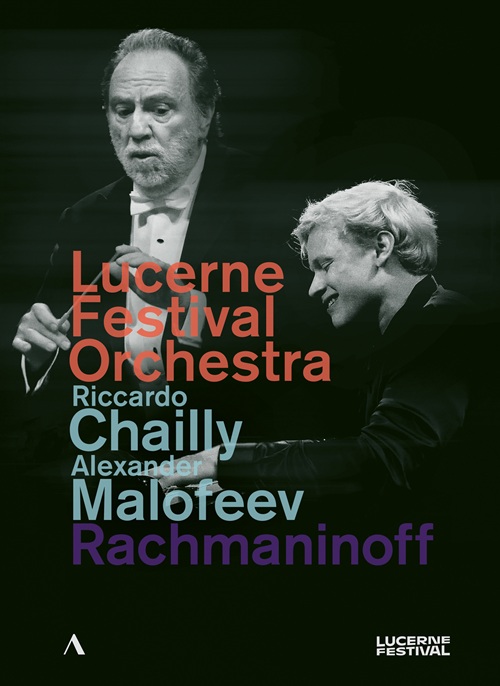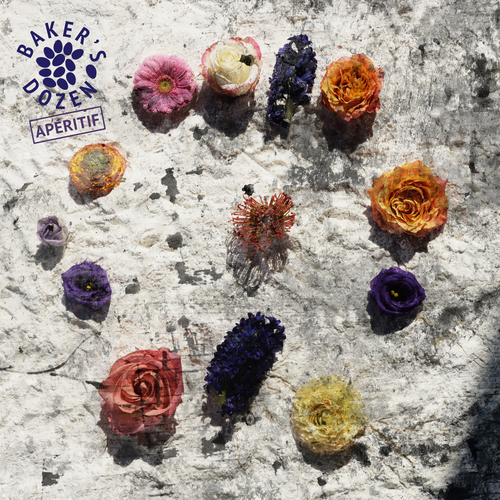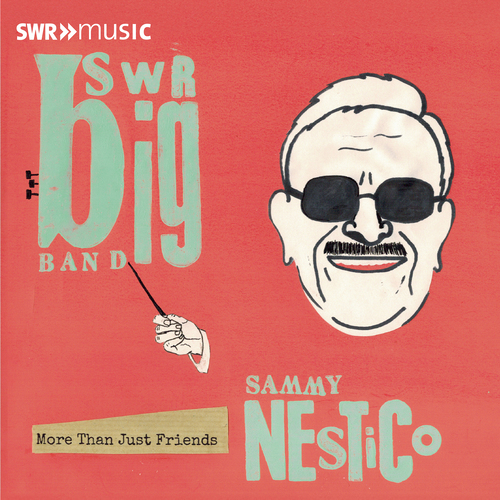In addition to its own wide-reaching monthly new releases, Naxos also distributes several leading labels in many countries around the world. Here is a choice selection of recent releases from some of these distributed labels.
Sono Luminus: Performance Fidelity
Located in the nearly 110 year old former Emmanuel Episcopal Chapel in rural Boyce, VA, the Sono Luminus studios are a world-class recording facility with a special focus on classical and acoustic music, and the home of the Sono Luminus record label. As the first American record label to release audio projects on Pure Audio Blu-Ray technology, Sono Luminus specialises in the highest calibre of audio quality. Not only does this format guarantee the utmost in sonic experience available, it also gives Sono Luminus the ability to routinely release recordings on Blu-ray discs containing 9.1 Auro-3D 96kHz/24 bit surround sound, 5.1 DTS HD MA 192kHz/24bit surround sound, and 2.0 LPCM 192kHz/24bit stereo files.
Among the world’s finest audio facilities, Sono Luminus’ recording method focuses on the concept of true performance fidelity; the seamless marriage of stellar sound quality with exceptionally high performances. Over the past seven years, this approach of getting the sound “right” at the beginning of the process via mic placement and performer set-up has enabled Sono Luminus to garner two GRAMMY awards and eighteen GRAMMY nominations.
Violinist, composer and educator Austin Wulliman embodies the imagined and empathises with the absurd through sounds both familiar and radical, telling stories with a limitless passion for tuning cries from every corner of the human capacity to hear. He is a member of JACK Quartet, called “the nation’s most important quartet” by the New York Times and has been praised as a “gifted, adventuresome violinist” by the Chicago Tribune. Through in-depth collaboration with performers and composers working in a panoply of aesthetic realms, Austin searches daily for the violin’s voice in today’s musical world.
A transformation: During the COVID-19 pandemic, when the world shut down and many lives were lost or changed forever, I experienced a serious transformation. A commitment to sobriety unleashed new creative forces. The world’s new normal of quiet and introspection led me to return to a more formal branch of my musical upbringing: fully-inked acoustic music. Untethered from the backbeats and lead sheets of my career in jazz and pop music, I once again immersed myself in scores and music literature. An exciting new sense of freedom filled me with inspiration. I discovered a wellspring of patience and subsequent understanding and became obsessed with form. Hyper-focussed and pencil in hand, I wrote tirelessly from dawn until dusk. When I spoke about this newfound passion with one of the biggest supporters of my lifetime, my Dad, he told me it sounded like I had “seen the light” – a remarkable turn of events during an otherwise difficult time for us all.
Florence Price reached her musical maturity in Chicago during the 1930s – the decade in which she made a famous debut with the city’s orchestra and produced two substantial concertos. The Piano Concerto in One Movement contains some of her most beautiful music set alongside moments of Romantic bravura. Violin Concerto No. 1 seems never to have been performed during her lifetime but is the most expansive of her concertos and is richly orchestrated. The later Violin Concerto No. 2 is a much more compact work, cast in one expressive movement. Dances in the Canebrakes, originally for piano, evokes 19th-century African American life, heard here in William Grant Still’s orchestration.
‘Passionately played by the Tapiola Sinfonietta, under Janne Nisonen’s direction, these skillfullycrafted works emerge as noble rediscoveries,’ wrote the BBC Music Magazine on the second volume in the ongoing Ferdinand Ries (1784–1838) complete symphony cycle by the Tapiola Sinfonietta and conductor Janne Nisonen. This third volume includes two delightful symphonies written at the height of the composer’s creative period when the influence of his composition teacher Beethoven was less evident in the composer’s symphonic writing.
Dmitri Shostakovich is known principally for his symphonies and string quartets, works that combine a degree of humour with darkness, brooding and desolation. But there is also a jaunty side to the great composer, and nowhere is it felt more cheerfully than in his Jazz Suites, the Tahiti Trot and his Ballet Suites. Those works, together with two concertos, continue Capriccio’s box sets of Shostakovich’s Symphonies, Film Music, Orchestral Songs and Chamber Music. In the playful Piano Concerto, humour comes to the fore in the many quotations of songs, of his own works, and of Beethoven. It’s only the grim Violin Concerto, withheld like the Fourth Symphony for fear of retribution, that offers no smile.
Conductor Nicholas Collon’s second Sibelius album together with the Finnish Radio Symphony Orchestra focuses on works written by Sibelius during or just before World War I, and culminating in the Fifth Symphony, one of the composer’s symphonic key works. Two opuses for violin and orchestra, Two Serenades and Two Serious Melodies, one of Sibelius’ most religious works, are featuring star violinist Christian Tetzlaff. Sibelius’ music for Strindberg’s Symbolistic play Swanwhite is a rarely performed gem with interesting thematic connections to other works included on this album, including the Fifth Symphony.
The distinguished Japanese composer, Toshio Hosokawa, has been honoured with numerous awards as well as a steady stream of commissions and acclaimed performances. As with many of Hosokawa’s concertos, Ceremony sees the flute soloist as a ‘person’ and the orchestra as the ‘universe and nature’ – the flautist’s breath echoing like the winds of nature and becoming a song that awakens the spirits. A complimentary work to Hosokawa’s The Raven (Naxos 8.573724), Futari Shizuka – The Maiden from the Sea is a single-act opera, the ancient tragic tale of which resonates with the fate of refugees around the world today.
From the mid-1790s to the early 1820s Johann Simon Mayr wrote just under 70 operas, a good number of which went on to triumph across Europe. Set in the Spanish city of Zamora, and described as a comico-heroic melodrama, Amor non ha ritegno (‘Love Knows No Bounds’) was admired for its exquisite music, exemplifying the early Romantic style that was evolving circa 1800. This is an opera filled with bizarre happenings and a range of seria and buffa characters, from the sublimely inconsolable heroine, Donna Luigia, to her ridiculous suitors, proving as hugely entertaining today as it did over two centuries ago.
Dmitri Shostakovich began to work on Lady Macbeth of the Mtsensk District in 1930. Based on a plot by Nikolaj Leskov, the opera tells of the oppressed Katerina, whose life is disrupted by her intense love for the shady Sergei and who tries to secure her happiness with murder. Upon its completion in 1934, the work was simultaneously prepared by two theatres: the premiere took place in Leningrad and two days later it was shown in Moscow, where, as in other cities, the opera was a great success. Shortly after the first performances, Shostakovich was forced to change sections that were too sexually explicit. After Stalin attended a performance of the opera in 1936 and then published a scathing review about it, colleagues and critics who had previously approved of the opera turned against Shostakovich. It wasn’t until some 30 years later that the opera was performed again in the Soviet Union, in a toned-down version under the title Katerina Ismailova; this was also performed internationally. Finally, in 1980 the original version came to Western Europe. In 2009 it was premiered at the Vienna State Opera too. The highly acclaimed premiere of the original version is featured on this recording.
Gilbert & Sullivan’s penultimate opera, Utopia, Limited, was written immediately after The Gondoliers. Here, it is performed by Scottish Opera, with an updated libretto by director Stuart Maunder and a revised musical version by Head of Music Derek Clark. Satirising the conceits of the mighty British Empire, its politics, monarchy and press, Utopia, Limited is as incisive now as ever it was. Full of sparkling wit, Utopia, Limited is packed with show-stopping patter, brilliant choruses and music that is, at times, of almost Verdian beauty. This audio recording is taken from Scottish Opera’s new co-production with D’Oyly Carte Opera & State Opera South Australia. The CD also includes Arthur Sullivan’s Suite from the incidental music to King Arthur.
Life Like Violence explores the everyday tumult of the mind: fear, whim, rage, pain, fancy. As Handler puts it, “This is the sound of my psyche.” It is music that attacks itself, eating itself from the inside out. Ideas invade and gnaw at each other. They undermine, taunt, assault, exalt, and tease. Physical gestures disrupt long narratives whose melodies are obscured, revealed, decayed, destroyed, and mourned. What emerges is a broken beauty of spirit that has endured. Handler plays most or all instruments on all tracks, save for the album’s sole orchestral work, and his inner dialogue permeates each piece tangibly, in the form of spoken word on the album’s title track. “The music is not intended to accompany, but rather to arrest,” the composer says. It is meant to take over, not allowing the listener to do anything else. In this respect, as Handler explains, “It invites presence through overload.”
Besides being an engineer, a mathematician and a professor of geography, Luigi Hugues was also a flutist, a composer and an esteemed exponent of the nineteenth-century musical genre called Salon Musik. Born in 1836, he started and pursued his musical education together with his brother Felice. Both studied the flute and piano accompaniment; Luigi also studied composition. Music was not his only interest. He was also an eminent professor of geography and a scholar in that field. Hugues composed works of the Salon Musik genre: pieces that were suitable for everyday use and could be appreciated by a vast public, but at the same time were unmistakably characterised by didactic features. A careful analysis of his music, moreover, reveals a conscious, intentional use of the virtuosic style that was in vogue in the nineteenth century and was greatly loved by the public of concert halls: this feature is particularly noticeable in all the variations on operatic themes written for one or two flutes and piano accompaniment.
From Renaissance Spain to 21st century Denmark, On a Ground is a musical journey across time and traditions, centered around one of music’s most universal elements: the ground bass. Celebrated recorder virtuosa Michala Petri and renowned Japanese baroque harpist Marie Nishiyama unite to explore the expressive power of this timeless form. Recorded, after a concert tour in Japan, including Suntory Hall, and just before the global lockdown at Chichibu Muse Park in Japan, the album presents intimate and evocative interpretations of works by Diego Ortiz, Alessandro Marcello, J.S. Bach, Erik Satie, and contemporary Danish composer Lars Hannibal, among others. The duo’s collaboration reveals the meditative beauty and subtle intricacies of their ancient instruments.
From the iconic Greensleeves and baroque gems to lyrical modern compositions, On a Ground is a graceful, immersive listening experience rooted in shared artistry and a deep respect for musical heritage.
Niels Rosing-Schow (b. 1954) crafts chamber music of sensual, organic allure, rich with contrast and sonic elegance. This album unveils four works – from the vibrant Dance and Signs in the Air to the soulful Respiro ergo sum – crowned by his exquisite take on Debussy’s Six épigraphes antiques. Through kinetic archetypes and seamless musical arcs, Rosing-Schow shapes an immediate, evocative voice, timeless yet fresh, speaking vividly on music’s own terms.
On this recording, the piano quintet led by violinist and conductor Rémy Ballot juxtaposes Franz Schubert’s famous Trout Quintet with Johann Nepomuk Hummel’s much less frequently heard Piano Quintet, composed almost 20 years earlier. What both quintets have in common (apart from the fact that they remained unpublished for several years after completion) is the fact that they were – according to the contemporary convention – still scored for double bass, which would usually become replaced by a second violin in the later course of music history. Yoko Urata-Fog, piano, Rémy Ballot, violin, Iris Ballot, viola, Jörgen Fog, cello and Manfred Hecking, double bass, impress with their uncompromising musicality and unpretentious playing, which brings out the diverse layers of sound in a unique, almost analytical way, and prove the point that after many dozens of recordings of “The Trout” (yet far less of the Hummel quintet), there still remains something genuine to be expressed with these “Classics”.
Dmitri Shostakovich is undoubtedly one of the most significant composers of the 20th century who left works of greatness in every genre, from the symphonies to opera, film scores, light music, concertos and, of course, chamber music. This collection presents a wonderful overview of his contributions to that last genre. It features favourites such as Rudolf Barshai’s Chamber Symphony (an arrangement of Shostakovich's String Quartet No. 8), the String Quartet No. 1, and the Piano Quintet. Also included are lesser-known gems and rarely heard works for two pianos, including the brief, witty Tarantella and his dramatic, cinematic Concertino, Op. 94, all capped by Alfred Schnittke’s tribute to the master, his Prelude in Memory of Dmitri Shostakovich.
The harpsichord from 1745 by Joannes Daniel Dulcken bearing the inventory number SAM 726 not only is an instrument with a beautiful and most distinctive sound: it also commands admiration as a visually magnificent exhibition piece. Nothing is known about the original owners, but over the course of a century and a half it found its way from the production site in Antwerp to Vienna, where it was added to the collection of Historic Musical Instruments at the Kunsthistorisches Museum in 1921. In the following decades, its playability was restored in several stages, with its sound now documented for the first time on this CD. The internationally acclaimed Austrian organist and harpsichordist Stefan Donner presents the Goldberg Variations by J.S. Bach, one of the most famous variation cycles in music history, which is also an ideal choice of program due to the immediate proximity of its publication in 1741 to the time of the instrument’s creation.
Adolf von Henselt belongs firmly in the realm of 19th-century composer-pianists such as Chopin, Schumann and Liszt. He was influential in establishing a true Russian school of pianism and held in high esteem by Rachmaninov. Henselt’s virtuoso technique was admired for its cantabile qualities but his performing career was cut short by extreme stage fright. Dating from early in his career, the études blend technical demands with clarity of vision and a lyrical poetic expressiveness often reflected in colourful descriptive titles.
A fundamental characteristic of Manuel Ponce’s music is the range of styles and techniques he used throughout his career. The expressive Romanza de amor is a sublime example of his Romantic phase, while his huge contribution to Mexican nationalist music is represented in the folk music that appears in Rapsodia mexicana I and II. Moods of melancholy and nostalgia are evident in the Mazurkas as well as more modernist works such as the Intermezzo (No. 3). This is the fourth volume in Álvaro Cendoya’s critically acclaimed series of Ponce’s complete piano works.
Pianist Tuija Hakkila enjoyed a close friendship with composer Kaija Saariaho (1952–2023) that lasted for over 40 years until the composer’s death in 2023. Tuija Hakkila played a pivotal role in Saariaho’s creations for the solo piano and harpsichord. Although Kaija Saariaho wrote several compositions featuring the piano, the composer felt that writing music for solo piano was particularly challenging due to the restrictions of the instrument. Although few in number, Saariaho’s piano works are 21st century gems continuing the path set by Debussy’s late works and Messiaen.
Antonio Salieri was influential as an opera composer and later in life as a teacher to the likes of Beethoven, Schubert and Liszt – quite unlike the sinister and entirely fictional portrayal he received in the film Amadeus. Both of his keyboard concertos were composed during his early years in Vienna and reflect influences from Haydn and the galant style of Johann Christian Bach. The Harpsichord Concerto in B flat major is broader and more elaborate but lighter in mood when compared with the stormy first movement of the Harpsichord Concerto in C major. Heard here in its world première recording, the Keyboard Sonata in C major presents as a suite of short independent pieces, while the short March in D major has only recently been discovered in a Berlin archive.
In Commemoration of the 100th Anniversary of Satie’s Death
Erik Satie’s influence, once barely acknowledged, has now permeated nearly every corner of modern music. Best known for the sensual simplicity of his tender Gymnopédies, such seeming naivety masked a colourful, and frequently, complex life and artistic vision. The experimental composer John Cage famously called Satie “indispensable,” citing him as a profound inspiration for his own groundbreaking work.
Satie’s eccentricities were part of his charm, and this whimsy often seeped into his work. In Embryons desséchés (Dried Embryos), for instance, he included absurd instructions in the score, phrases like “on the tip of your tongue” or “open your head,” as well as giving his works absurd titles like Effronterie and Prélude canin, gleefully written to deflate the precious seriousness of classical music traditions. In contrast, there are works like Pieces froides (1897) that anticipate the rhythmic minimalism of Philip Glass and his visionary 5 Nocturnes (1919), the final series of his cyclically organised piano pieces composed using a highly system rigorously guiding the interplay of melody (right hand) and harmonic accompaniment (left hand). Even today, there are many surprises to be discovered in Satie’s oeuvre.
This specially curated program is brilliantly realised by Christina Bjørkøe, one of Denmark’s leading musicians. Much in demand as a recitalist, chamber musician and as a soloist with symphony orchestras ClassicsToday praised Bjørkøe for her dynamism and passion. Her extensive discography includes critically acclaimed recordings of works spanning the piano repertoire from Beethoven to Borup–Jørgensen.
Bei Mir Bistu Sheyn (To me you are beautiful) – the title of the famous Yiddish song perfectly describes the flair of the trio ‘Elias and the Yiddish Maidels’: three musicians who accept and celebrate each other with all their differences and unique strengths. Shira Karmon, a classical and jazz singer with Israeli and Jewish roots, Clara Montocchio, a jazz singer and singer-songwriter from Vienna with South African roots, and Elias Meiri, a native Israeli and proven jazz pianist with strong Mediterranean and Middle Eastern influences, present a selection of old-fashioned Yiddish hits, traditional Hebrew folk songs and original compositions. The resulting amalgam of styles captivates with groovy rhythms, swinging melodies and meditative, sometimes melancholy moods, which at the same time are completely devoid of pathos.
Mozart provided a steady output of Masses during his time at the court in Salzburg. The fine Missa brevis in G major was composed in 1768 when Mozart was just twelve years old. The theatrical and inventive ‘Credo’ Mass in C major, from 1776, is regarded as one of Mozart’s finest achievements from this period. The profound key of D minor for the Missa brevis, K. 65 reflects its use at a 40-hour vigil, while the affectionate nickname ‘Spatzenmesse’ (‘Sparrow Mass’) for the Missa brevis in C major refers to the chirping nature of the Sanctus.
Soprano Karine Babajanyan presents Sentimenti, her second album on the OehmsClassics label. The programme features a selection of works by Italian composers (and poets) from the 16th to the 20th century – Respighi, Tosti and Cesti – together with three songs by Liszt, who drew lasting artistic inspiration from the Italian arts during his pilgrimage to Italy to produce his Tre Sonetti di Petrarca, composed between 1842 and 1846. Babajanyan sang the title role in Mascagni’s opera Iris in the 2020 production by the Berliner Operngruppe. She is accompanied by pianist Alessandro Amoretti.
Gluck’s Orphée et Euridice is a masterpiece of the operatic canon, inspired by one of the most mysterious and cruel stories in Greek mythology. The gods allow Orpheus to descend into the underworld to revive his beloved wife Eurydice, but on condition that he must not look at her while returning. This production from Florence re-imagines this myth as a story for our times. It explores each character anew, highlighting the music and text as a more sophisticated psychological thriller than previously imagined, creating a moving and transformative narrative with which we can all identify.
A colossal work that defies all boundaries: Prokofiev’s monumental setting of Tolstoy’s epic novel War and Peace. The story, set during Napoleon’s Russian campaign between 1809 and 1812, is condensed by the composer into a powerful sequence of scenes in which the love story between Natasha Rostova and Andrei Bolkonsky alternates in striking contrast with the depiction of the Russian army’s battle against the French invasion-interwoven yet deeply connected. The music narrates how the aristocracy’s rigid social hierarchy stands in the way of two young people’s happiness, how seduction succeeds while an abduction fails, how some renounce their love while others fall as heroes-all while people, amidst the grandeur, search for true connection. With a wealth of magnificent themes and poignant moments, Prokofiev’s operatic masterpiece merges social drama and historical chronicle into a sweeping panorama. Dmitri Tcherniakov’s staging presents a gathering of people in a historically charged setting: the famous Pillar Hall of the House of the Unions in Moscow. Forced into an indefinite coexistence, they instinctively begin to embody characters, reenact conversations, scenes, and celebrations, as if drawing from a vast collective memory. What starts as an impromptu role-play soon turns into an emotional experience where the lines between assumed and genuine feelings blur. An outstanding ensemble performs under the musical direction of General Music Director Vladimir Jurowski.
With an outstanding cast and Jan Philipp Gloger’s innovative staging, Bregenzer Festspiele’s Tancredi becomes a fresh reimagining of Rossini’s opera, set in the world of organized crime and reframing the traditionally heterosexual love story as a queer romance. This bold reinterpretation is brought to life by Anna Goryachova and Mélissa Petit, whose performances capture the emotional depth and tragedy of their love. “The two women are sensational … both vocally and dramatically” (Augsburger Allgemeine). Under the baton of Yi-Chen Lin, the Wiener Symphoniker “throw themselves diligently into the opera’s multifaceted details&Rdquo; (SWR). “Modern opera at its absolute finest!” (Kronenzeitung)
In 2024, near Wagner’s former Zurich residence, where much of the Ring des Nibelungen was composed, Opernhaus Zurich staged its first complete Ring cycle in more than 20 years, performed under the musical direction of Gianandrea Noseda. “In a way, the ‘Ring’ returned to its origins,” said Andreas Homoki, stage director of Wagner’s grandiose myth, which depicts the rise and fall of an entire world, delving into themes of love, fate, courage, and betrayal. At its core, the Ring des Nibelungen is also a family drama about Wotan, the father of the gods, and his struggle to keep and break treaties, about freedom, its presence and absence, and his desperate attempts to halt the very downfall he set in motion. Homoki’s production brings the gods, humans, and mythical beings strikingly close, making their relationships and motivations vivid and compelling through meticulous character portrayal. The same outstanding cast performs across all four operas, heightening the dramaturgic intensity: Tomasz Konieczny as Wotan, Camilla Nylund as Brunnhilde, Christopher Purves as Alberich, Wolfgang Ablinger-Sperrhacke as Mime, and Klaus Florian Vogt as Siegfried, who also gave his acclaimed role debut in Homoki’s Zurich productions. Recorded live at Opernhaus Zurich, May 2024.
Baker’s Dozen: Apéritif is the opening phase of a long-gestating collaborative project initiated by musician, composer, author and improvisational icon Henry Threadgill. Spanning style, genre and time, this “first course” collects 13 tracks from 13 different artists – a concise but comprehensive glimpse into the daunting range of live performances and previously unreleased studio material that’s represented on the forthcoming 13-album Baker’s Dozen box set, planned for release later this year.
In tapping into a thriving network of musical talent, intention, innovation and creative freedom, Threadgill worked his magic as the inspirational leader he’s always been. “I knew that if I had unreleased tapes, the older musicians were also sitting on tapes of original music,” he tells jazz journalist Ted Panken in the liner notes for the project. “And I didn’t want to do anything without the young musicians, because they’re the future. I had a pretty good idea of who was doing original music, particularly the ones who’d played with me – they’re all excellent composers.”
As it turned out, Threadgill’s enthusiasm was infectious, and with good reason. Over the course of a storied career that stretches back to the 1960s and the early days of Chicago’s Association for the Advancement of Creative Musicians (AACM), his handle on the principles of group improvisation, whether on his chosen instrument or just out-and-about in the everyday world, remains matchless. Baker’s Dozen is a testament to that ethos – a robust, visionary and self-sustaining community of musical ideas where anything is possible.
Founded in 1951 by Erwin Lehn, the SWR Big Band has been nominated for a Grammy several times and received the German Jazz Award (Gold) in 2015. It collaborated with artists like Quincy Jones, Pat Metheny, George Benson, Gary Burton, Dee Dee Bridgewater, Curtis Stigers, Jacob Collier, Patti Austin, Roy Hargrove, Sammy Nestico, Ivan Lins, Paula Morelenbaum, Joo Kraus, Toshiko Akiyoshi, Bob Florence, Rob McConnell, Slide Hampton, Maria Schneider, Frank Foster, Bill Holman and Bob Mintzer.
The collaboration between Sammy Nestico and the SWR Big Band began 2004, when the composer was already 80 years old. No less than five albums have been released in the years until his death, all of them bestsellers of the SWRmusic catalogue.
The music Nestico wrote for the SWR Big Band sports both funky sounds and elements of fusion, combining swing, a pinch of soul and an emotional orchestral expression. The music moves artfully between reduced combo sounds and opulent textures. This sense of mutual understanding was created during the decade-plus period of collaboration between the composer and the orchestra, a collaboration built not only on notes, but also on intuition.
Make sure to subscribe to Naxos newsletters for other great offers.








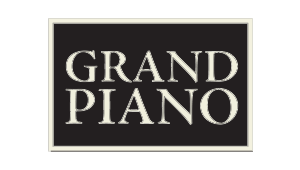
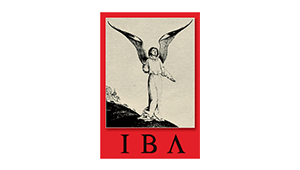



















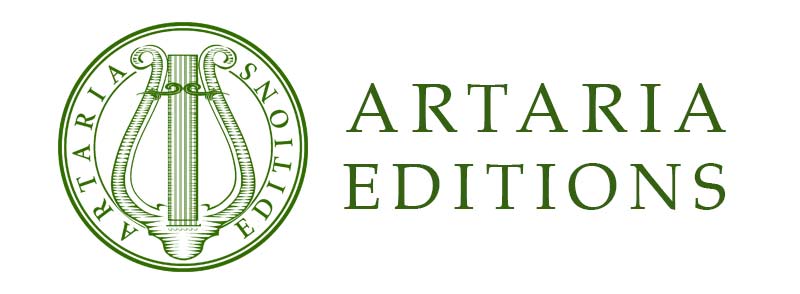



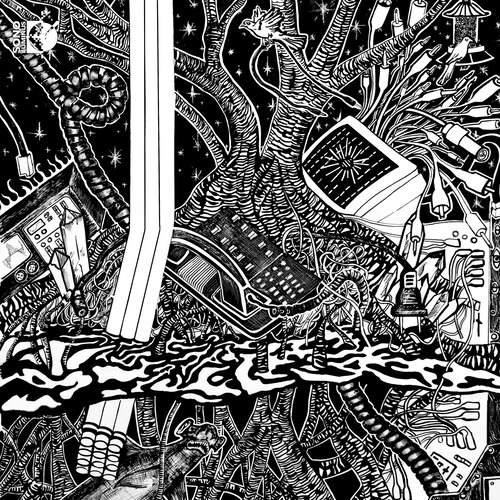




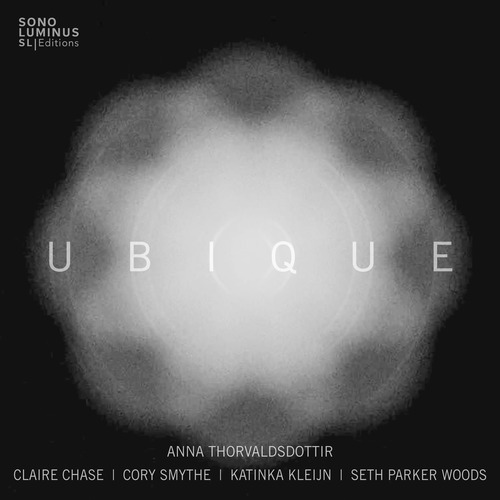
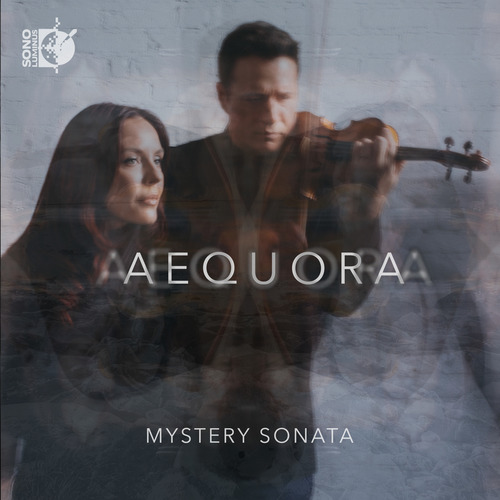
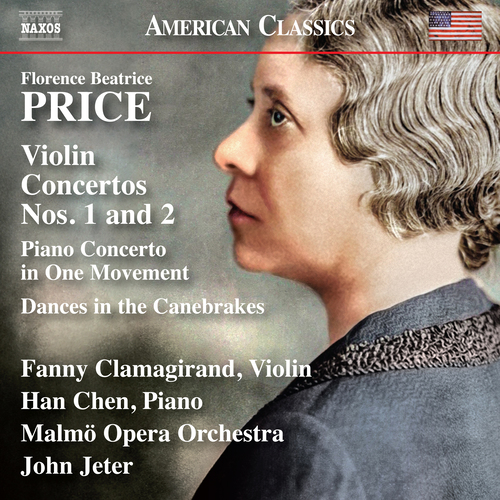


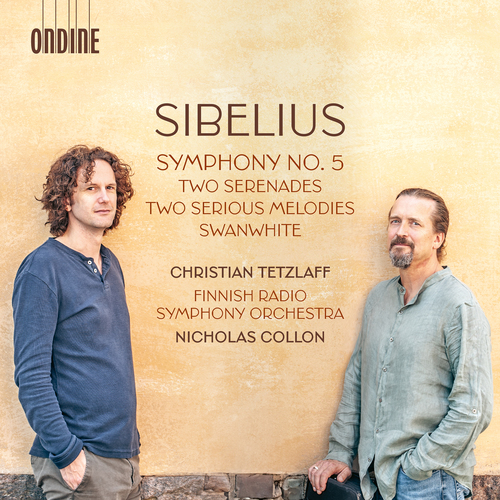

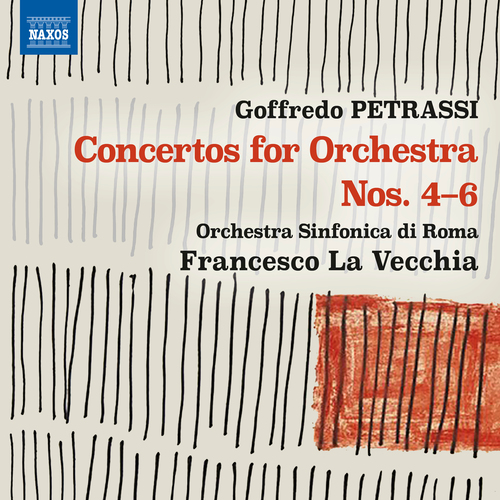
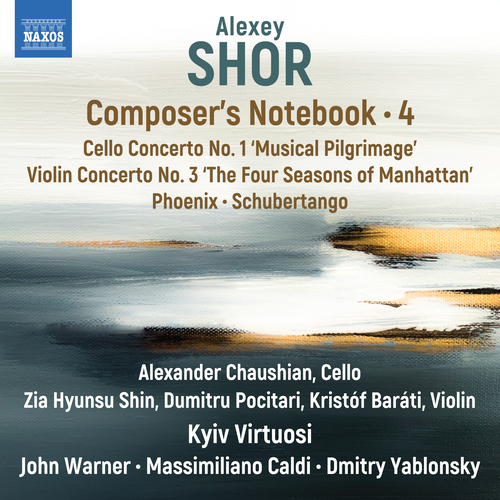
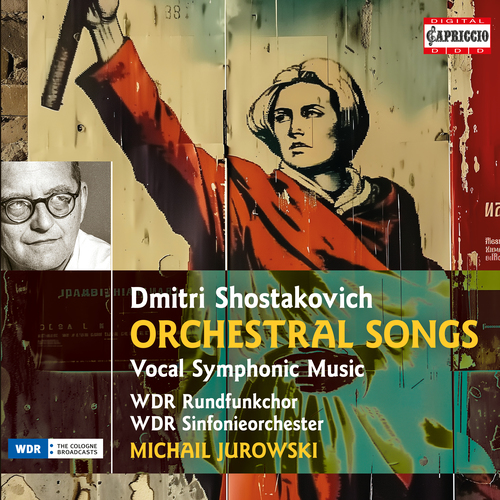
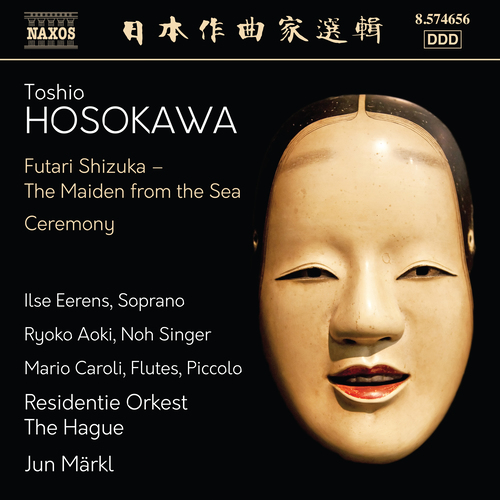
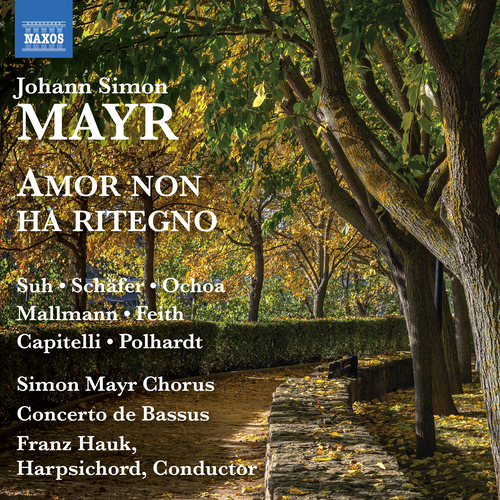
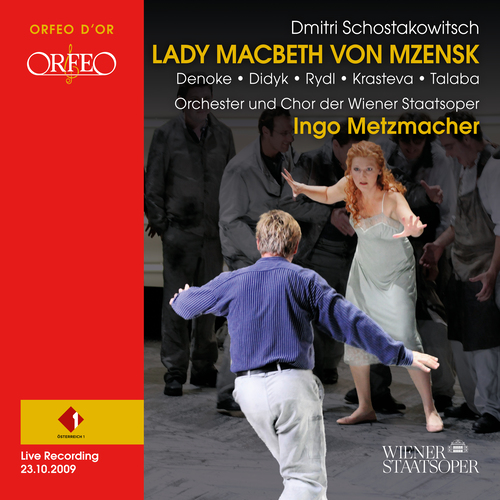
![SULLIVAN, A.: Utopia, Limited [Operetta] • King Arthur SULLIVAN, A.: Utopia, Limited [Operetta] • King Arthur](https://cdn.naxos.com/sharedfiles/images/cds/hires/OACD9053D.jpg)

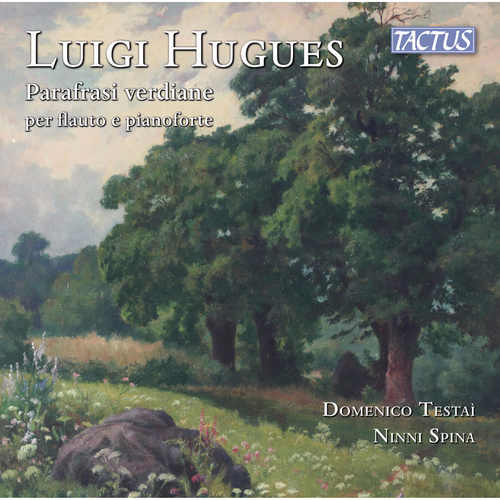
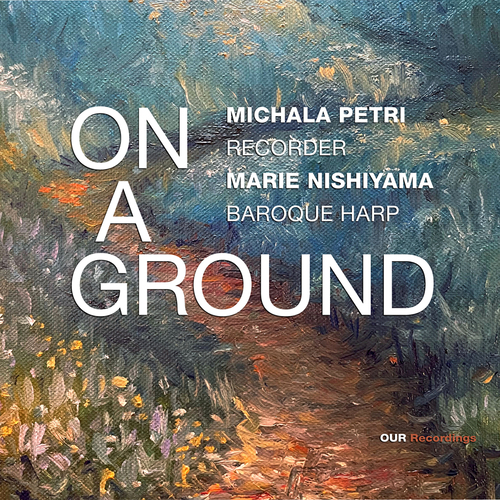
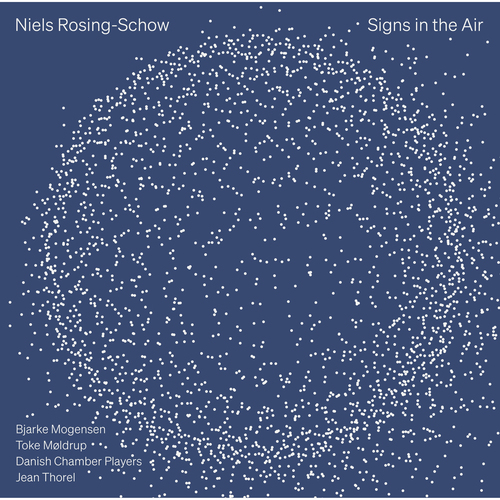
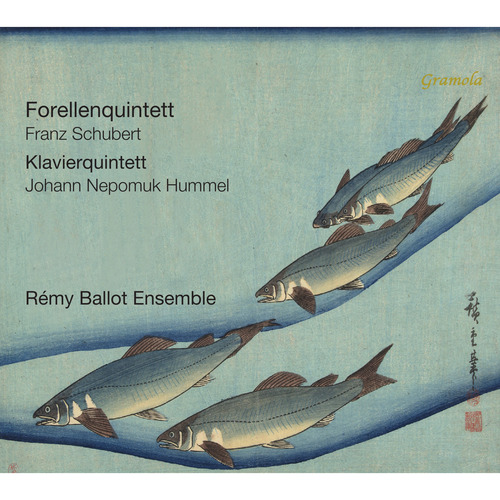
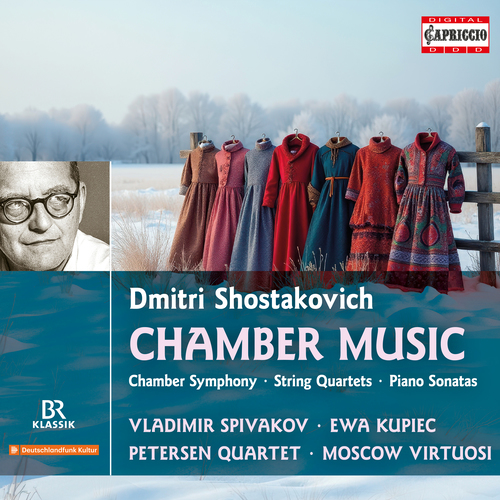
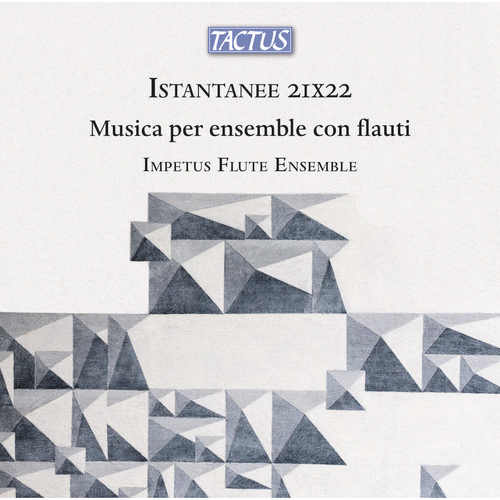
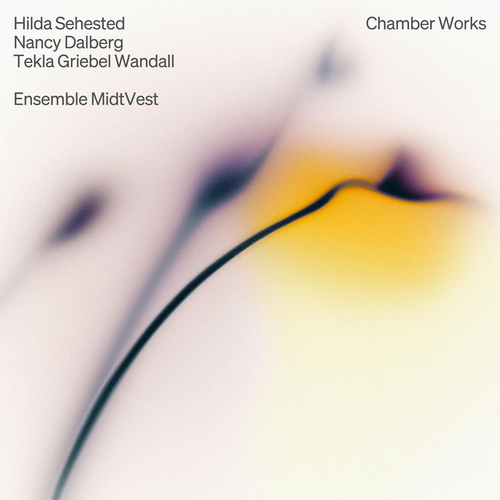
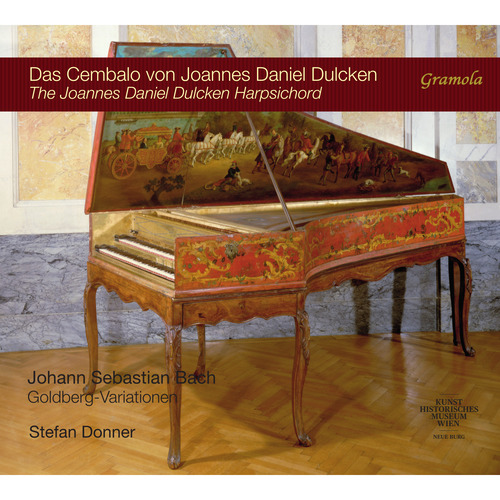
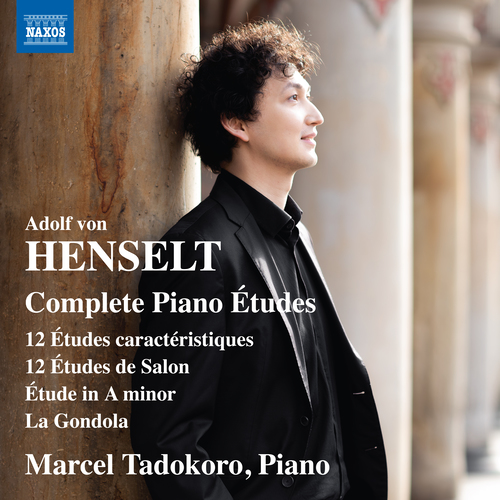

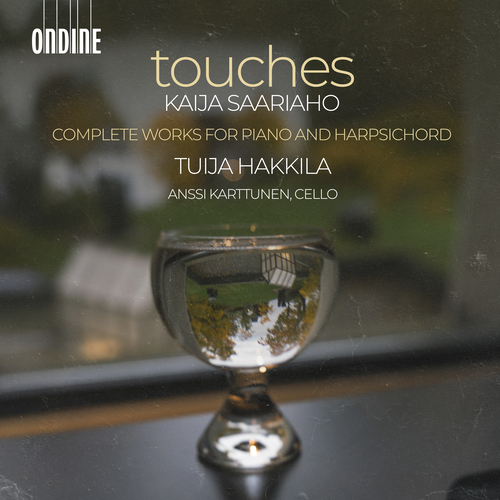
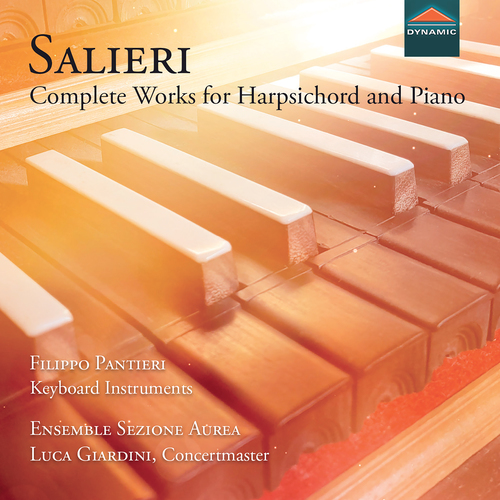
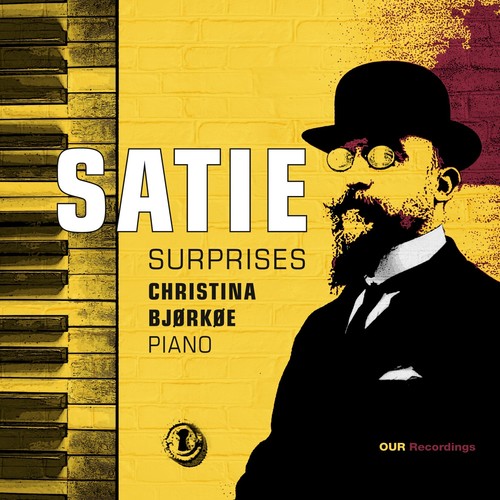
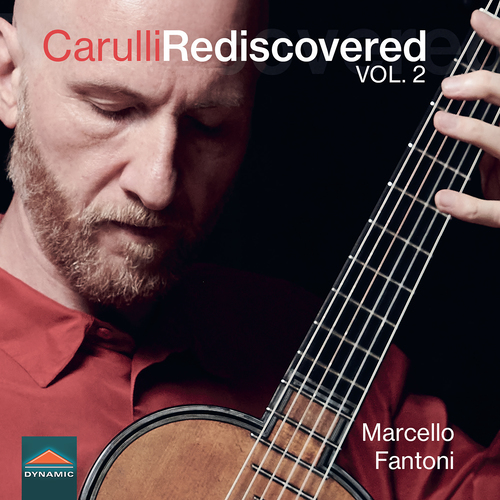

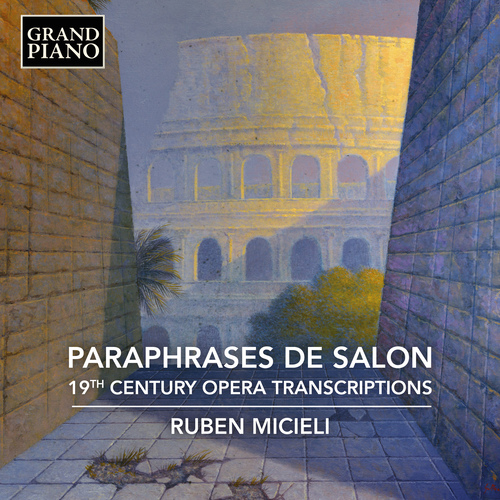
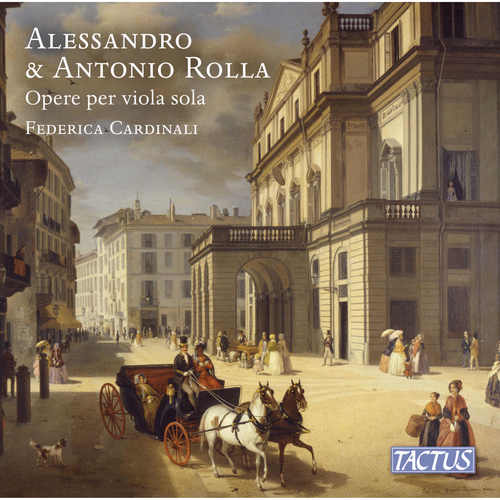
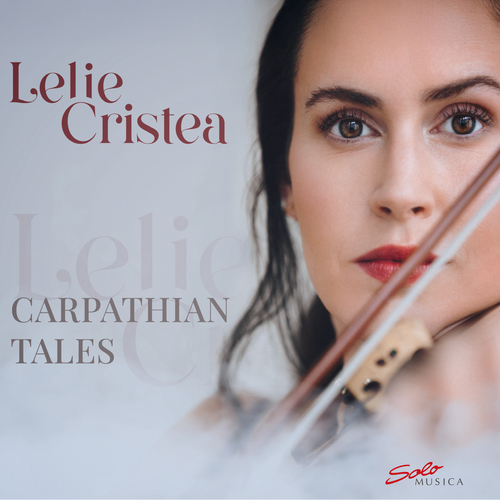
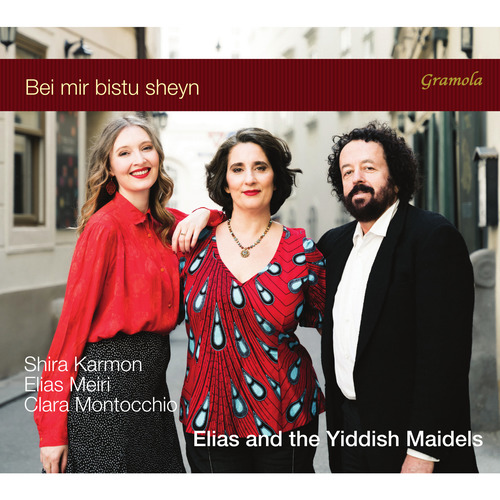
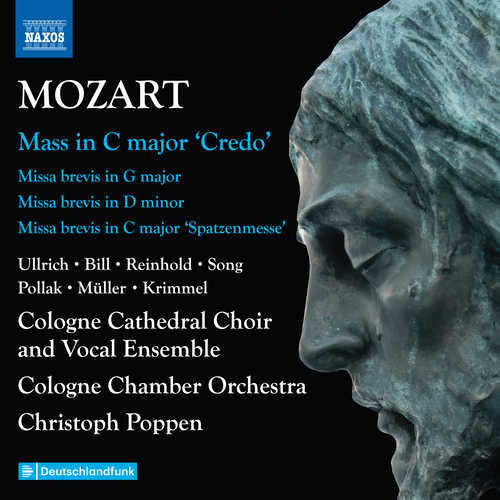
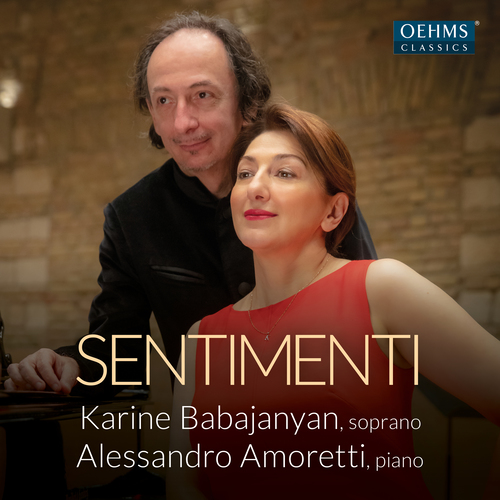
![GLUCK, C.W.: Orphée et Euridice [Opera] GLUCK, C.W.: Orphée et Euridice [Opera]](https://cdn.naxos.com/sharedfiles/images/cds/hires/DYN-38073.jpg)
![PROKOFIEV, S.: War and Peace [Opera] PROKOFIEV, S.: War and Peace [Opera]](https://cdn.naxos.com/sharedfiles/images/cds/hires/BSOREC1006.jpg)
![ROSSINI, G.: Tancredi [Opera] ROSSINI, G.: Tancredi [Opera]](https://cdn.naxos.com/sharedfiles/images/cds/hires/769208.jpg)
![WAGNER, R.: Der Ring des Nibelungen [Operas] WAGNER, R.: Der Ring des Nibelungen [Operas]](https://cdn.naxos.com/sharedfiles/images/cds/hires/ACC-70656.jpg)
